11 Jun 2021
Creative ideas for applying artificial intelligence (AI) to satellite imagery were launched by over 100 students across 18 schools during the Young Defence Scientists Programme (YDSP) Science and Technology Camp held from 7 to 11 June 2021.
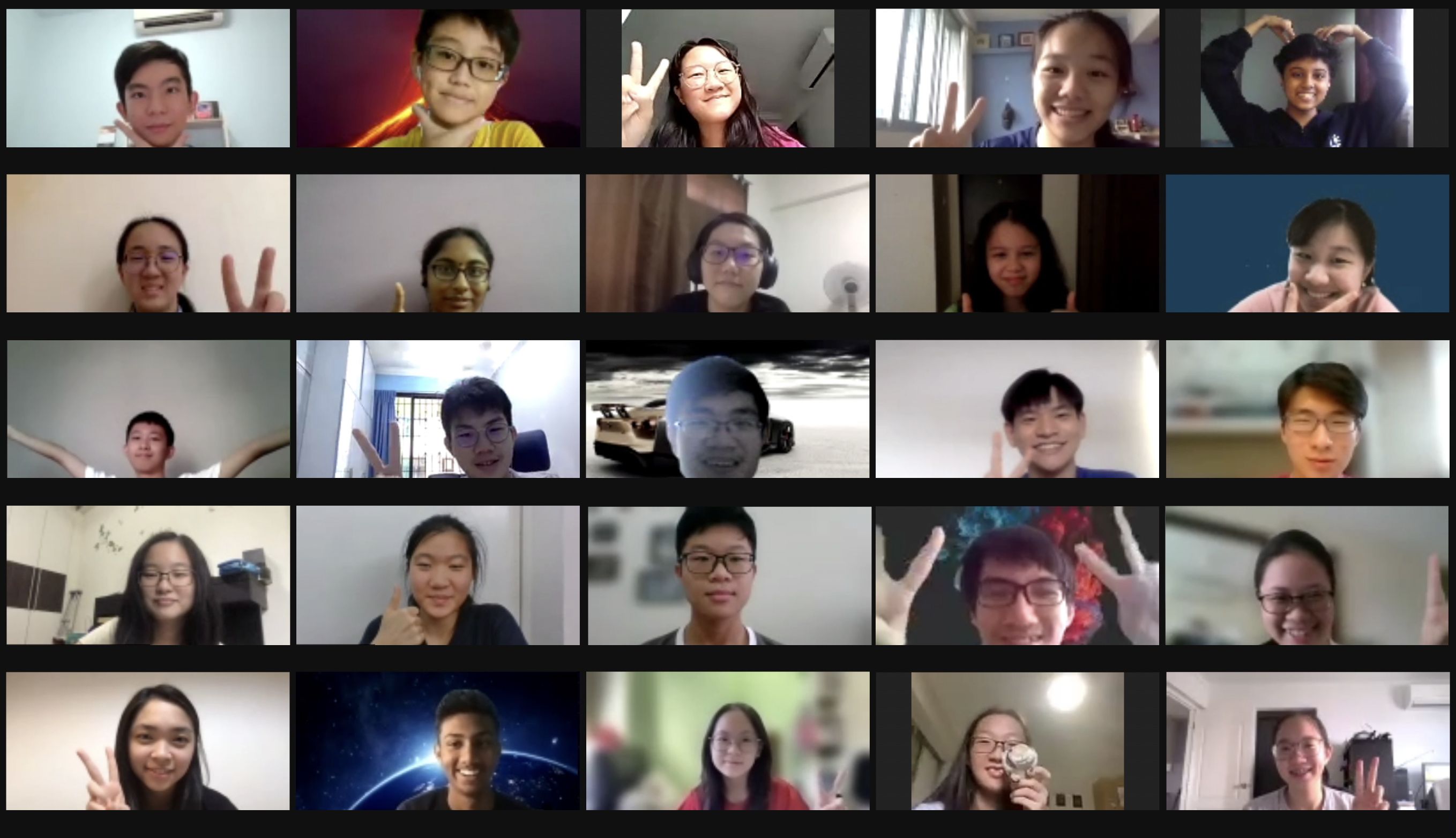
With the theme ‘Using AI on Satellite Images’, the virtual camp got participants together to learn first-hand about AI and machine learning within the unique context of satellite technologies. Daily tutorials and hands-on practice sessions were designed so that everyone, regardless of their coding background, could pick up basic AI and machine learning concepts.
Through the camp, the participants gained the necessary tools and skills to code their own AI models, such as using Python programming language and AI web applications. They were also entertained while keeping their minds stretched everyday with fun activities such as icebreakers and quizzes peppered throughout the camp.
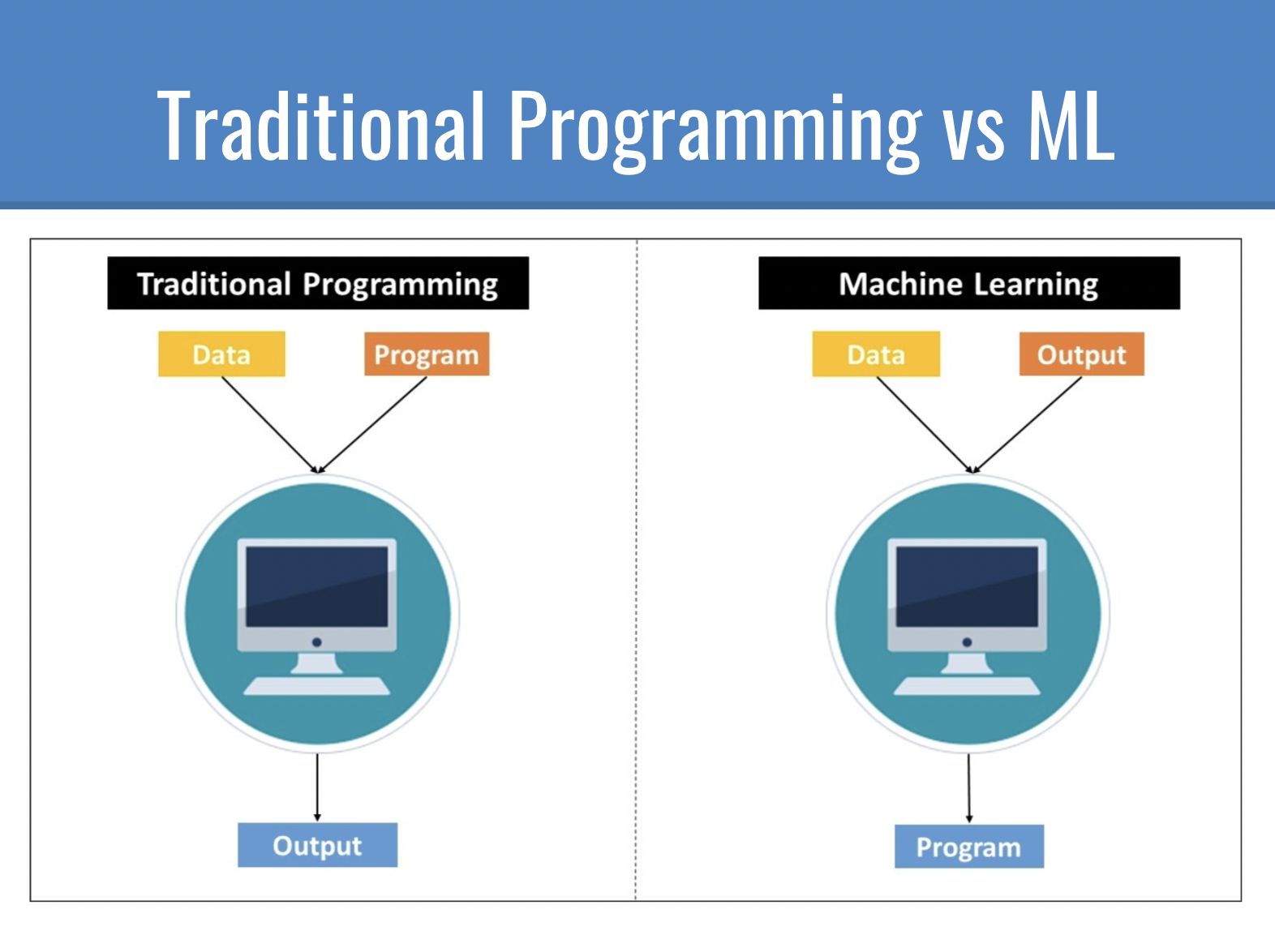
Senior Programme Manager (Air Systems) Wong Wen Jie and Engineer (Digital Hub) Ernest Lim shared their personal experiences working with satellites and AI in their daily lives. Recognising a similar passion among the participants, the engineers reflected how staying curious while pursuing their interests in technology eventually led them to meaningful careers in DSTA, which have brought those interests to greater heights.
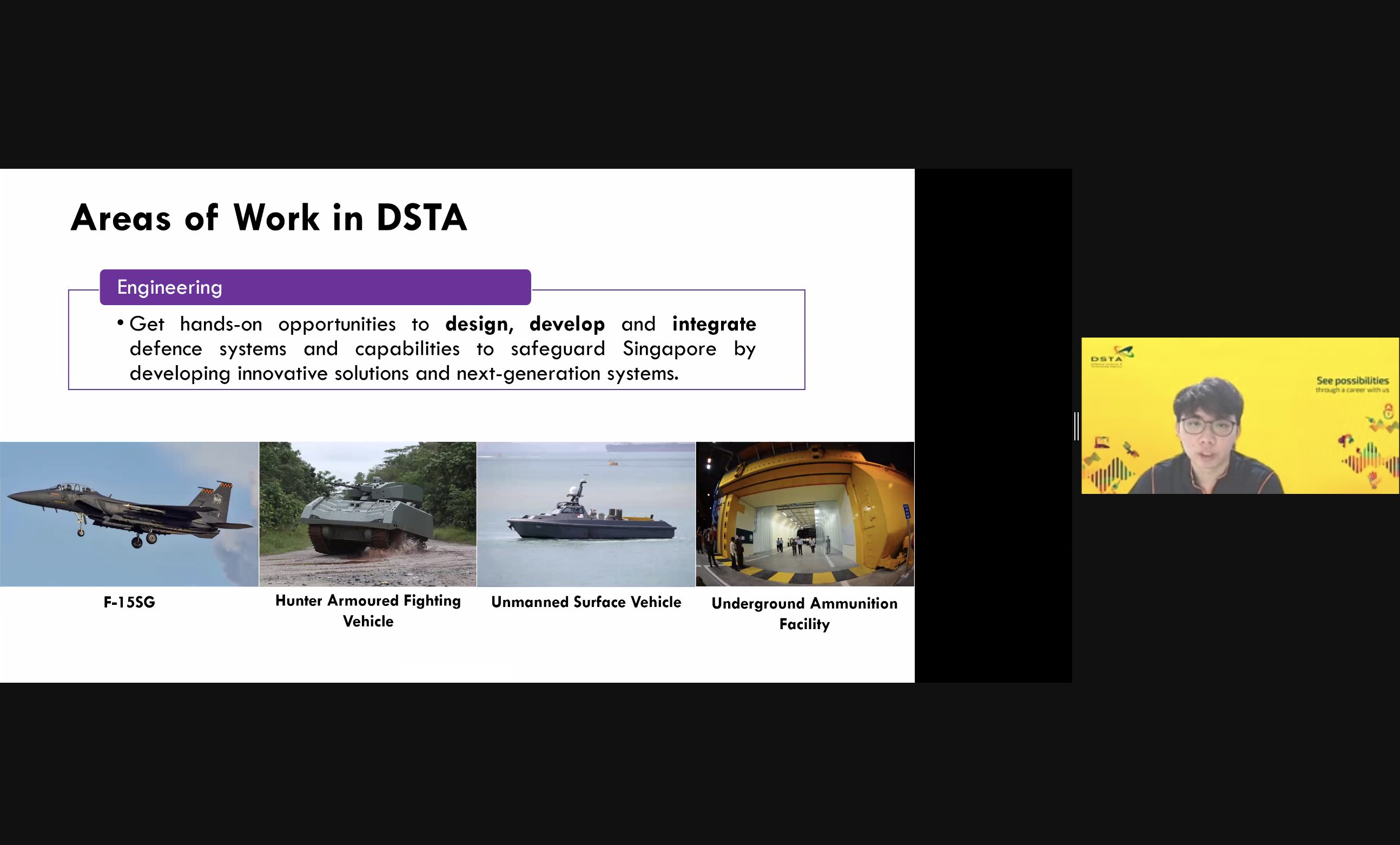
A major highlight was the highly anticipated final group challenge and presentations. Participants explored the use of AI while leveraging satellite technologies to address real-world issues, ranging from maritime and aerospace security, disaster relief, to environmental monitoring. Participants also put their newly gained technical skills into action and developed engaging problem statements. They then conceptualised, coded and trained AI models to execute computer vision techniques, such as detecting and recognising certain objects in satellite images, to resolve the statements.
A team from River Valley High School emerged champion team in the Integrated Programme (IP) Year 2 to 3 category by developing an AI model that identified places experiencing floods as well as evaluated the extent of flood damage. They first trained their model to analyse satellite images showing flooded areas, and later attempted to train it to predict and mark out flooded areas. With further improvements, the model could be made more relevant to Singapore’s context, such as evaluating densely populated HDB areas.
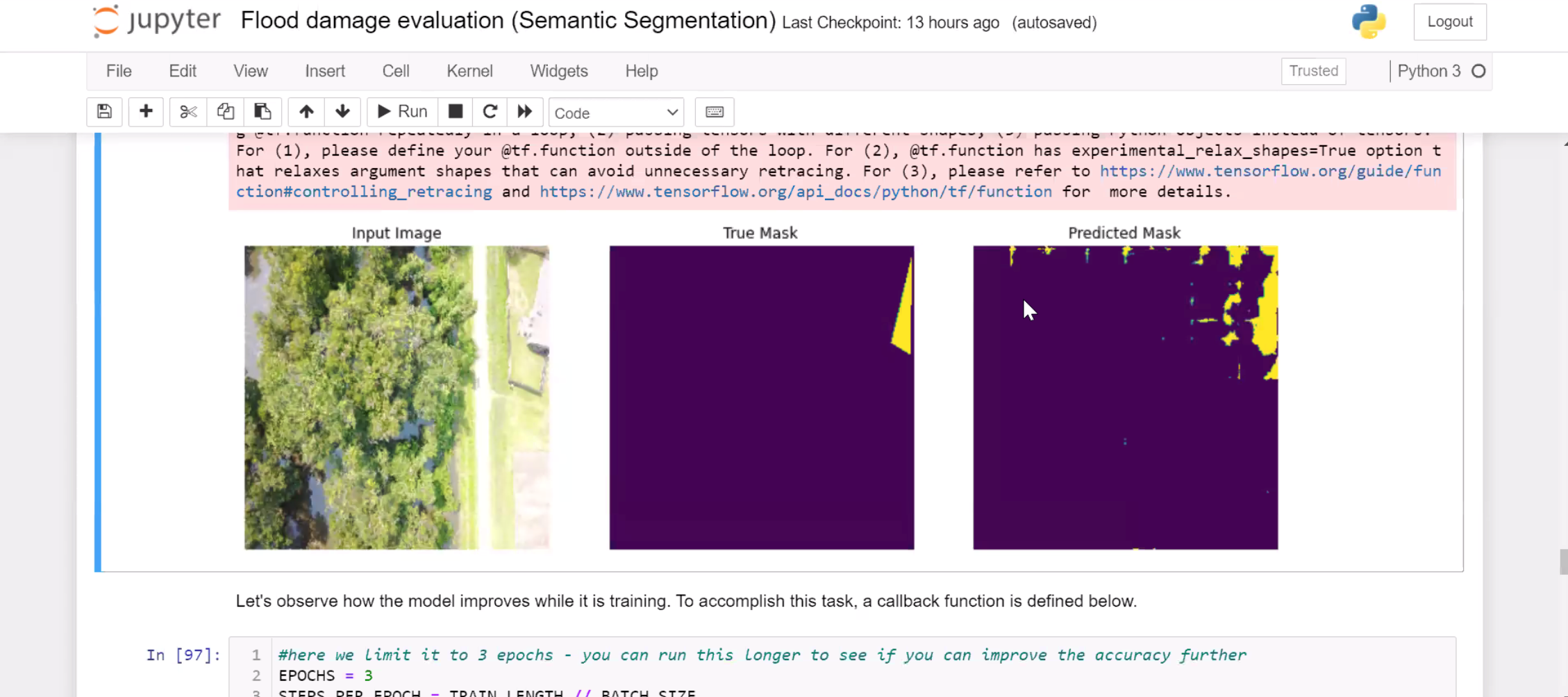
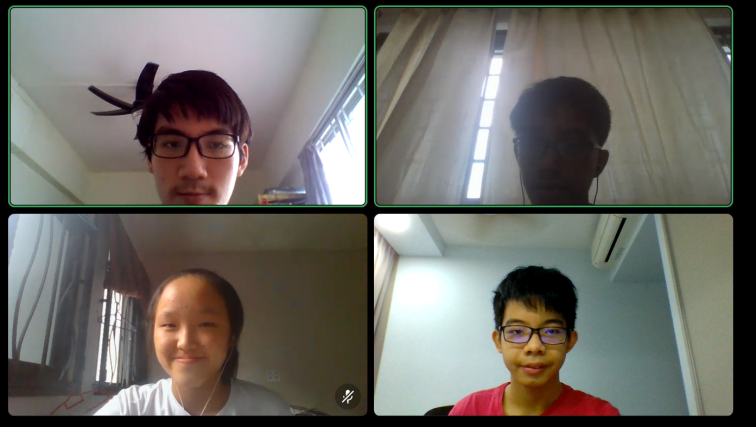
IP Year 2 to 3 category champion team
Meanwhile, the winners of the IP Year 4 to 5 category from NUS High School of Math and Science observed that ships in Singapore waters were tracked using an Automatic Identification System (AIS). This meant that unauthorised ships with their AIS transponders turned off may potentially go undetected. The team thus coded an AI model to detect unauthorised ships in satellite images. As they were working with a large dataset of 20,000 satellite images, the team further simplified the satellite image data for more efficient processing.
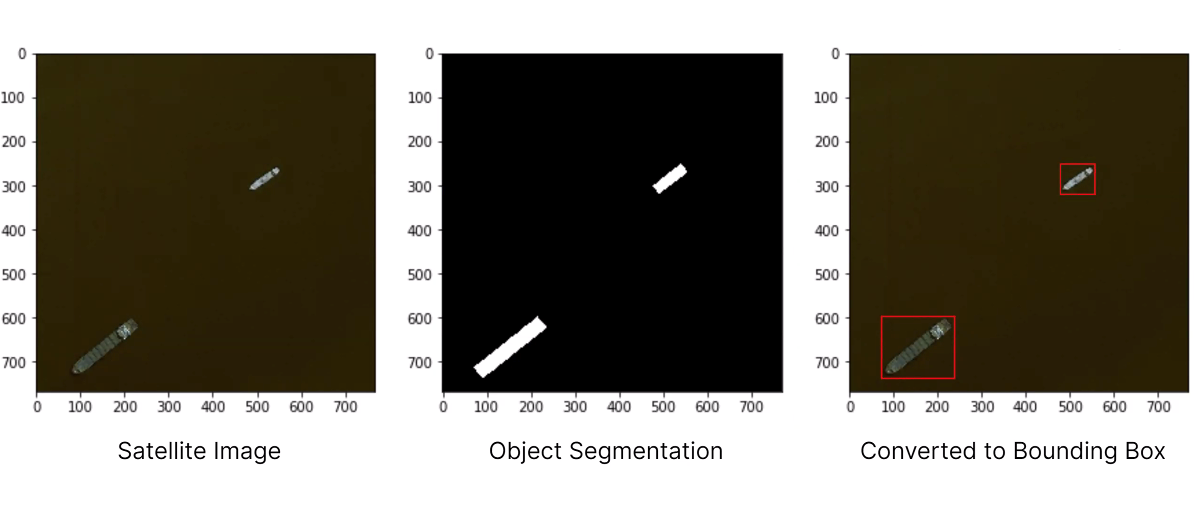
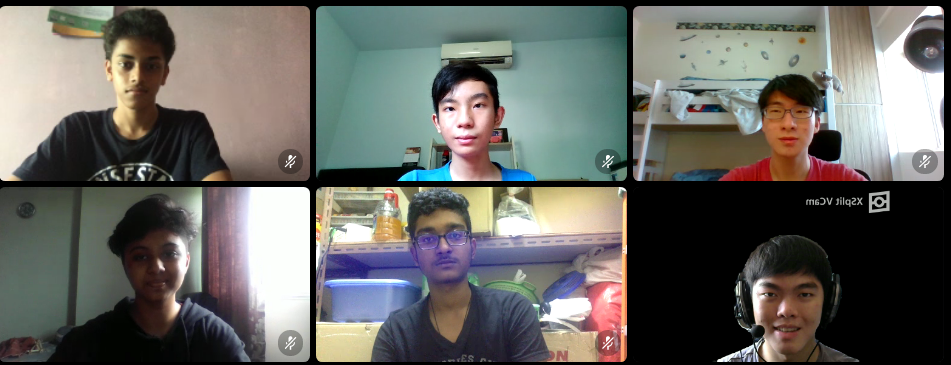
IP Year 4 to 5 category champion team
“It was eye-opening to understand the suitability of different network architectures and image classification techniques, and the limitations of machine learning models. We also got valuable insights from DSTA engineers who suggested solutions and alternative approaches to stimulate our minds,” said Amos Aw from Dunman High School.
Lee Huan Yu from Nanyang Girls’ High School, who joined to get a better understanding of machine learning and pick up coding skills, added: “The camp was a stimulating and rewarding way to familiarise myself with a slightly foreign and intimidating topic! The hands-on programming notebooks where we could try coding for ourselves were engaging and helped us become more comfortable and confident in our skills.”